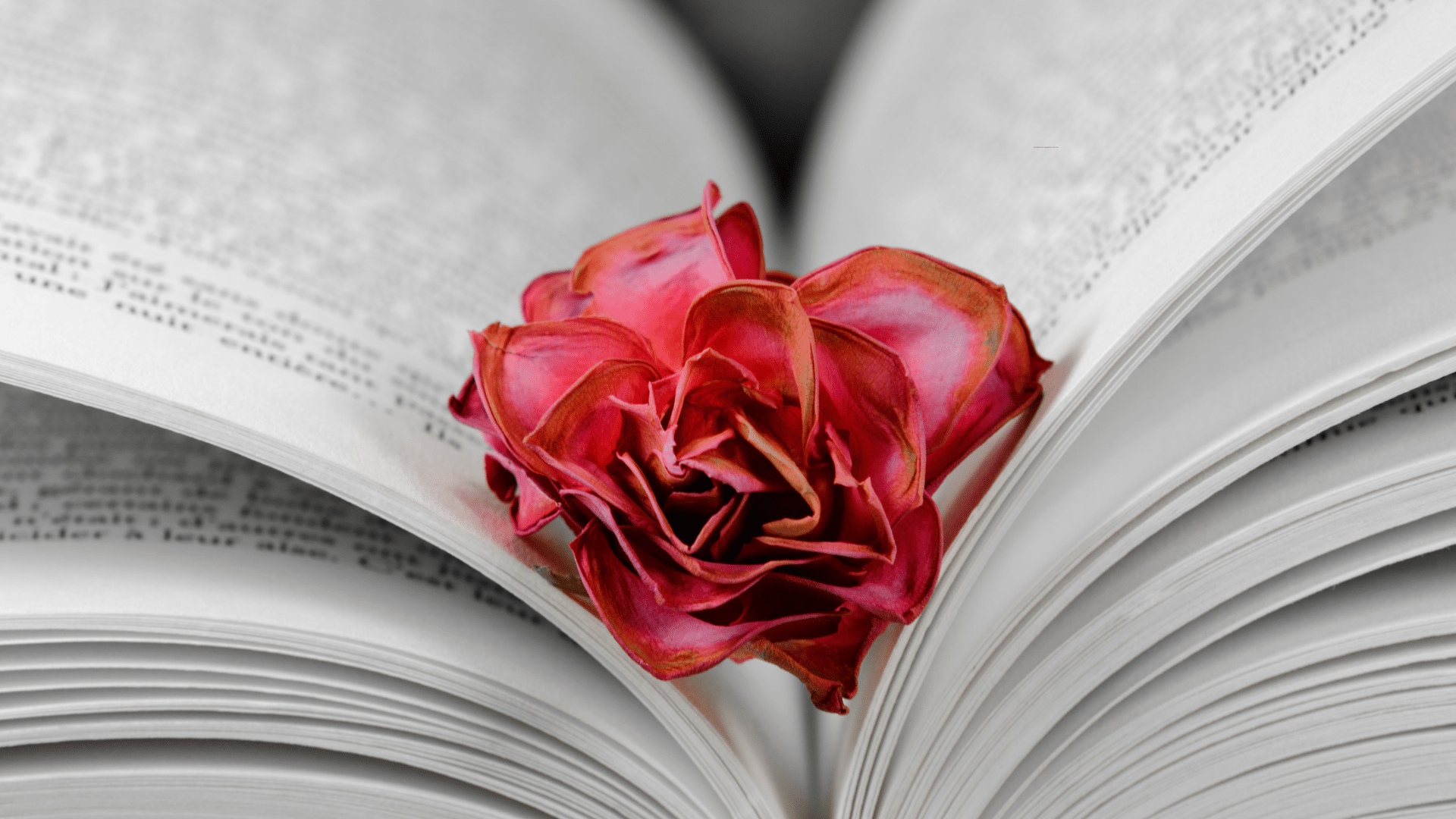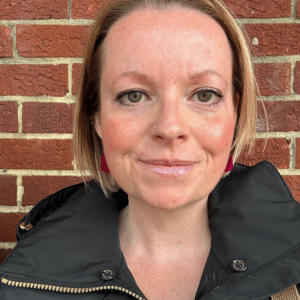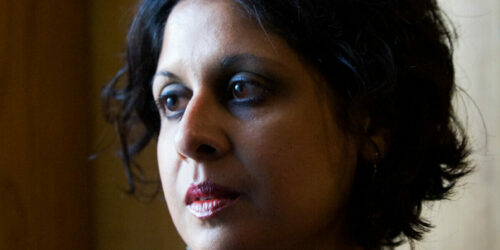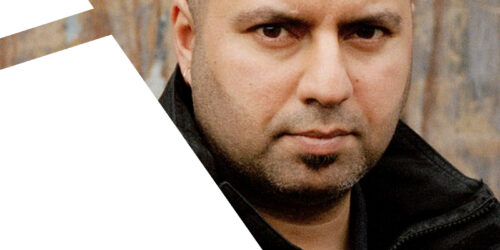
I have loved reading romantic books for as long as I can remember, and for the last decade, I’ve been writing them too. It all stems from the one central premise that I can’t get enough of: Will they, or won’t they? Except that with almost all books that can be categorised as romance, the real question is: How will they?
You know that they’re going to get together, but the thing that gets you invested, gets you (or me, anyway) squealing and groaning with happiness or frustration, ending a book with a huge grin on my face, is how they get there: as a writer, your challenge is to show the attraction between two characters, create a physical spark, while also maintaining a tension between them that makes the reader doubt that they’re going to make it as a couple by the end. Here are some tips for how to make it exciting for you, and for your readers.
A goal for your protagonist
It’s important for your main character to have a goal outside of their love story. This allows them to be a person in their own right, but also gives them something to work towards that the love interest will – usually – come along and disrupt, and therefore create the conflict.
For example, in Beth O’Leary’s The Wake-Up Call, the main character Izzy is trying to save the beloved hotel where she works from closure. Lucas also works there, he is also desperate to save the hotel, but he has very different ideas about how to do it.
In my book The Cornish Cream Tea Bus, Charlie turns her vintage double decker into a café, brings it to a Cornish village, and decides to open it on the beach. Daniel, the owner of the village’s exclusive spa hotel, sees it as competition, and against the aesthetic of his business. Sparks fly as a result.
What do they have in common?
Think about where your two central characters meet: what ideas and values do they share? What creates that initial spark between them beyond a physical attraction? What makes it believable that the two could realistically end up together?
Writing about two people finding out – or rediscovering – that they are attracted to each other is so much fun: from the first, tentative meetings to the moments when they give into their feelings, there’s nothing better than exploring those characters, and all the steps they take towards each other.
First meeting
This is a key moment in almost every romance book. The phrase ‘meet cute’ is a marmite phrase, but the time, place and circumstances under which your two characters notice each other is pivotal, because it sets the course for their relationship and what you’re offering your reader.
In Book Lovers by Emily Henry, Nora, a high-powered literary agent, is late for a meeting with editor Charlie to discuss one of her authors, and he’s rude and abrupt in return. The meeting goes badly, their antagonism for each other is clear, and this sets up a relationship that is fueled by sniping and simmering sexual tension.
In From Cornwall With Love, the boy that teenage Maisie was in love with moves to Australia, breaking her heart. Then, a decade later, he turns up in her ironmongers, the place she feels most comfortable, soaked from the rain and with a familiar smile on his face. The happy life she’s built for herself is disrupted, and as old feelings come back to the surface, she wonders whether Colm ever felt the same way she did, or if he does now.
Have fun
Mostly, you want to make your main characters’ interactions fun and full of spark: you want your readers to be invested, to enjoy the journey along with them, whether they admire each other from the beginning or it’s a love-hate relationship. They need to be learning how they fit together (or not!) whatever situation they find themselves in: working in the same university on competing scientific projects; living in the same small town but trying to avoid each other; meeting up for stolen moments once a week because it’s the only time they can see each other.
But then comes the reason they can’t just kiss and be happy on the very first page. This is what gives the reader a satisfying ride, a flicker of doubt when it comes to the inevitable happy every after.
The friction
Where do your characters clash? It could be certain beliefs they have that differ wildly, or it could be a clash of lifestyles – they live in different worlds, and those differences seem too huge to overcome. There could be a misunderstanding that perpetuates, one character believing something about the other that isn’t true, or one of them could be keeping a secret from the other – or they could both be keeping secrets.
In Isabelle Broom’s The Beach Holiday, the attraction between Honor and Cellan is clear from the start, but she’s an aspiring author visiting New York to find the perfect story to write and impress her father, and he’s a world-famous film star, with a damaged reputation and an entourage of people telling him what to do. Their worlds are so different, so how could it ever work?
In my book The Staycation, Hester is a travel agent with an unusual mission: Jake wants her to create virtual holidays in his swanky London hotel room, because he’s injured and stuck where he is. But Hester has a secret, one that seems irrelevant while their relationship is strictly professional, but it’s fundamental to all that they’ve shared, and the reader knows that when it comes out, it’s going to change everything.
It’s when this friction gets too much, when the symbols clash together and everything is exposed – whether that’s secrets, insecurities, differences or misunderstandings – that’s when the relationship is tested to its limits: can these two people overcome it all? Do they love each other enough to see past the thing that divides them? Can they learn from the mistakes they’ve made? They have to find a way back to each other, and that’s how you get your happy ever after.
Romance series writing
My Cornish Cream Tea series has eight books, each one with a new central couple, but all set in the same world. Writing a series has positives and negatives, but one of the most important things is to keep the writing fresh. I always think that if you get bored writing it, then readers will get bored reading it, too.
Setting
I created fictional villages set amongst real places in Cornwall, which gave me free rein to fill it with places, landmarks and characters I wanted. With each new book I added more to my location – like bolting on lego blocks – as they became necessary to the plot: a lighthouse, a book shop, a swanky seafood restaurant. It meant that readers who’d read my previous books got to explore new parts of my world. Once I’d written four books I created a second town, which kept things fresh and interesting.
Side characters
You need friends and antagonists for your main couple, people for them to bounce off, a community they belong to that helps keep momentum in the story. I put side characters in my earlier books that I knew would be protagonists in the future, and that’s one of the lovely things about a series: readers get invested, and when someone pops up that they’ve already been introduced to, and they suddenly have their own love story, your readers feel like they’ve been rewarded for their loyalty.
Love what you’re doing
This is key with any kind of writing, but it’s especially key if you’re going to set multiple books in the same world. You have to love your characters – or in some cases, love to hate them – but you always want to be interested in what they’re doing.
If you’re going to revisit their stories, with the protagonists in one book becoming friends of your next romantic couple, then you want to be excited about finding out what they’ve been up to. I created characters and settings that I loved, which meant I always looked forward to returning to that world. If you don’t care what happens, then you’ll lose momentum, and your readers will lose interest too.
Mostly – although there are always exceptions to the rule – romance books are supposed to be happy and uplifting, with an inevitable Dark Night of the Soul where it looks like it might all fall apart, followed by their Happy Ever After. You should create characters you care about, put them through the wringer, and most of all let them have fun – and have fun yourself in the process.
 Cressida McLaughlin is the bestselling author of uplifting, romantic books including the eight-book Cornish Cream Tea series and The Staycation. She grew up in London surrounded by books and with a cat named after Lawrence of Arabia. She studied English at the University of East Anglia and now lives in Norwich with her husband David. Apart from writing, Cressy loves reading and swooning over romance books, ghost stories and Henry Cavill. Cressy spends her spare time reading, returning to London or exploring the beautiful Norfolk coastline.
Cressida McLaughlin is the bestselling author of uplifting, romantic books including the eight-book Cornish Cream Tea series and The Staycation. She grew up in London surrounded by books and with a cat named after Lawrence of Arabia. She studied English at the University of East Anglia and now lives in Norwich with her husband David. Apart from writing, Cressy loves reading and swooning over romance books, ghost stories and Henry Cavill. Cressy spends her spare time reading, returning to London or exploring the beautiful Norfolk coastline.







